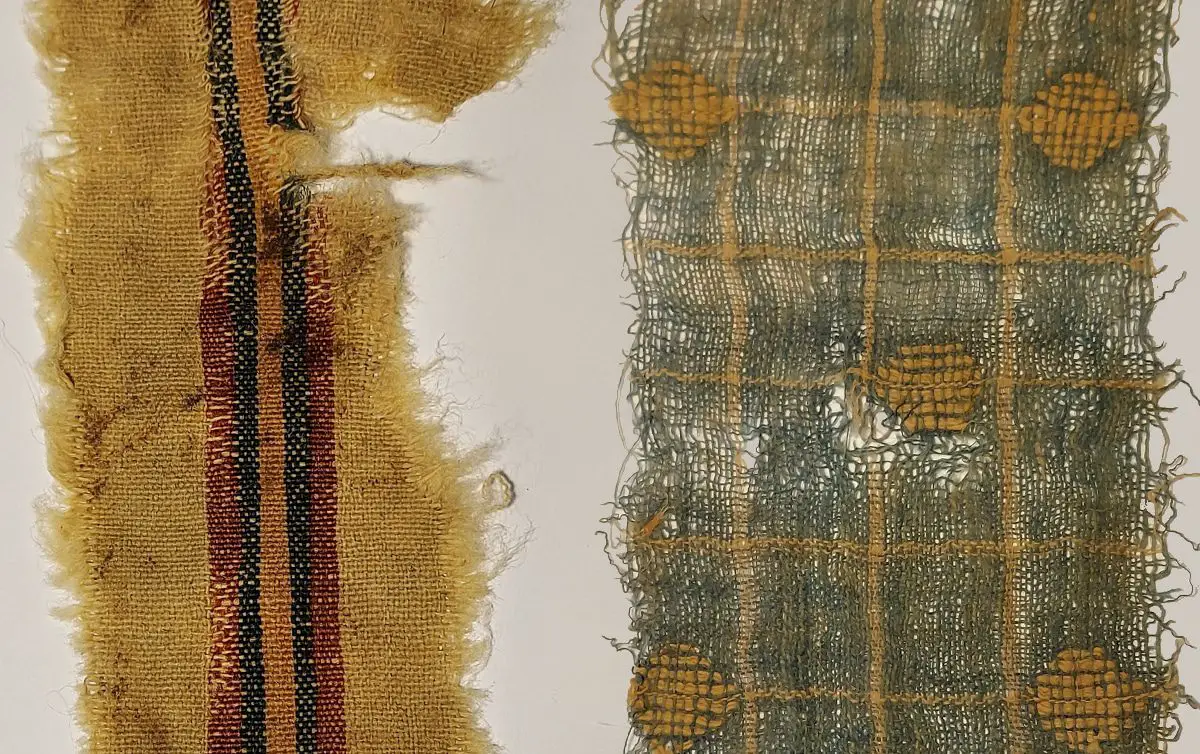Archaeologists have uncovered material evidence of the Silk Road during excavations in the Aravah, a region south of the Dead Sea basin, which forms part of the border between Israel and Jordan.
A joint team from the Israel Antiquities Authority, Ben-Gurion University, Hildebrandt of Göttingen University, and Nofar Shamir of Haifa University, have uncovered cotton and silk fabrics that date from the Early Islamic Period, which were imported from India and China around 1,300-years-ago along the Silk Road.
The Silk Road was a network of trade routes for exotic goods, which derives its name from the highly lucrative trade of silk textiles. During its 1,500 years of existence, the Silk Road endured the rise and fall of numerous empires, and major events such as the Black Death and the Mongol conquests.
The researchers have been excavating rubbish deposits in the Aravah that date back to the late 17th century AD. Excavations uncovered a treasure trove of finds, including fabrics, clothing, and leather, preserved in the arid climate that reveals new insights into the material culture and the daily lives of the people that inhabited the region.
Previous excavations also revealed decorative fabrics from India and silk from China, in which a Carbon-14 analysis has dated to between the 7th to 8th century AD. The archaeologists suggest that the cotton fabrics probably came from India and Nubia, and that the silk fabrics provide strong evidence for trade with China.
Some of the cotton fabrics include an ikat design, which is rarely found in the Middle East, but are depicted in 6th-century AD wall paintings in the Ajanta Caves in India. Other fabrics also reflect an Iranian influence, with white cotton and coloured wool woven together in a complex process, similar to the rugs still made in Iran and Central Asia today.
By the Early Islamic Period, trade on the Nabataean Incense Road had ceased, suggesting that the discovery could indicate that goods began to be transported from the Far East and India to Mediterranean countries by way of the Aravah, and roads leading to Mecca and Medina.
In a press announcement, the researchers said: “The finds enable a detailed examination of the long-distance movement of goods, the geographic diffusion of people and ideas, and the connections between the production centres and the trade routes that were previously not (or only partially visible), in the historical and archaeological record.”
Header Image Credit : Olga Nganbitsky, Antiquities Authority, Nofer Shamir, Roy Galili







